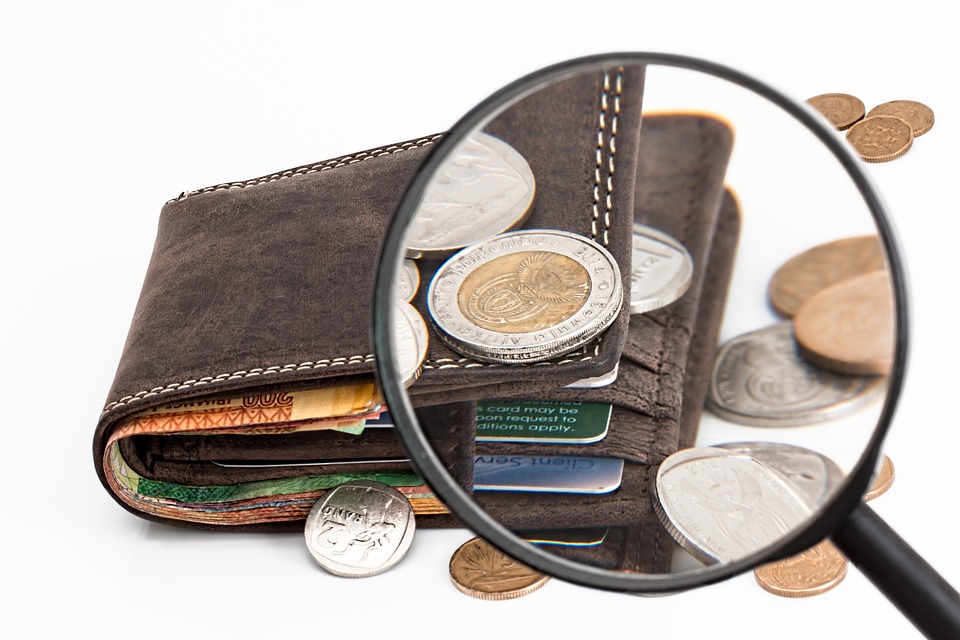There are several schools of thought when it comes to the priorities one should have in managing personal finances. The two most prominent topics of discussion in money management revolve around consumer debt and emergency savings. Both serve a specific purpose at a specific time, but some debate over which should take precedence over the other. For some, the thought of having any consumer debt is debilitating, and so the desire to pay off balances on credit cards, loans, or other outstanding debts is the focus. Others, however, understand that maintaining an emergency fund is a critical component of sound financial planning for both the immediate and long-term. To better understand which should be a priority in your financial life, it is helpful to understand how each works to your benefit – or your detriment.

Building Emergency Savings
An emergency savings account is simply an easy-to-access bank account that holds enough funds to cover an unanticipated expense. The general rule of thumb is that emergency savings should have the equivalent of between three and six months of living expenses, including housing costs like rent or mortgage, utilities, debt payments, or child care. The idea is that with adequate emergency savings set aside, individuals can easily weather a financial upheaval such as losing a job, having to pay for a hefty home or car repair bill, or an unexpected medical expense.
Several financial experts suggest individuals begin to build an emergency savings account as soon as they are able, with the help of automatic savings and sound budgeting. However, focusing on setting aside enough to fund an emergency savings account can be tough when there are other financial obligations that eat away at income each month. It is often recommended that even when the majority of earnings are used to pay for mandatory bills, a small amount should be saved into an emergency fund so that there is more stability when an unanticipated expense rears its ugly head.
Managing Consumer Debt
Debt comes in a variety of forms, including collateralized loans secured by an asset like a vehicle or savings account, high-interest credit card, unsecured personal loans, and student debt. For most individuals, having debt is unavoidable; either there was a need to cover a financial emergency quickly, or a large expense that simply couldn’t be paid for out of cash flow. That’s why debt is an available option for responsible consumers. However, the cost of carrying debt for an extended period can be high, and the burden of repayment steep.
Paying debts, including student loans, car loans, or credit card bills often seem more pressing than building emergency savings, especially for those who are just getting started in their earning years. This is because maintaining strong credit through on-time payments is a necessary component of being financially stable well into the future. Put simply, saving into an emergency fund is an option while paying for consumer debts is an obligation that cannot be avoided or put off.
In most cases, there is no single activity that must be a higher priority than the other. Building emergency savings is necessary so that people do not have to rely on consumer debt to cover a large expense, but paying off outstanding debts is just as beneficial to one’s overall financial picture. In an ideal world, consumers would find the balance between setting money aside and paying off debt that best suits their budget each month but also takes into consideration their immediate and long-term needs or wants.


